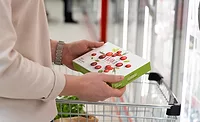Get the PFAS Out of Food Packaging Materials ASAP
Carcinogenic PFAS chemicals used in packaging accumulate in human tissue for years.

PFAS chemicals enter food products via two routes: the environment (e.g., uptake through polluted water and/or soil) and by direct contact, e.g., packaging materials. For the last few years, the FDA has been testing foods for PFAS uptake from environmental sources and found relatively few food-related issues, though certain seafood has had problems—especially from contaminated waters.
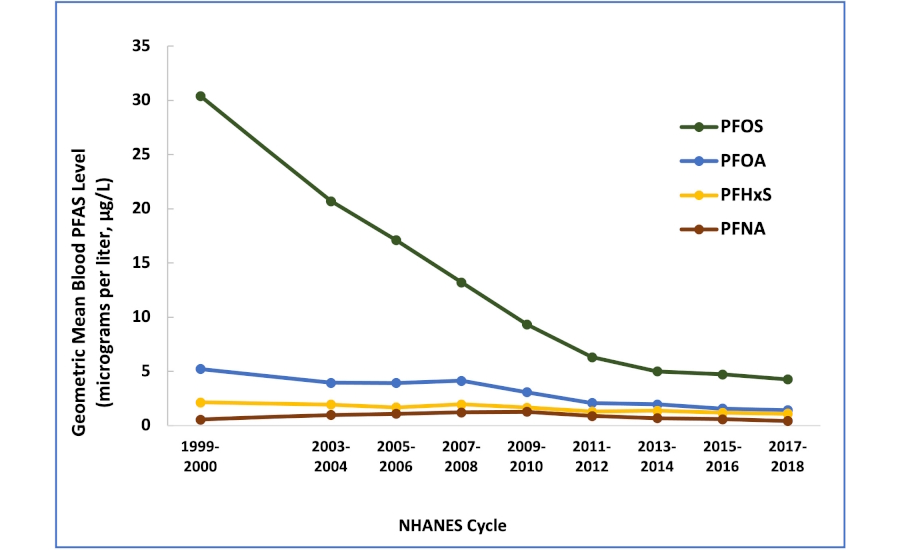
However, food packaging has been a source of concern as food comes into direct contact with PFAS-based coatings designed to prevent seepage of food oils and greases in RTE foods/packaging, and especially in carry-out packaging materials, e.g., pizza boxes and french fry wrappers.
Packaging materials companies have been working on various alternative non-PFAS solutions as FDA slowly phases out “certain” short-chain molecular PFAS compounds over the next year or so. These compounds have fewer than seven—typically six—carbon atoms in a single fluorocarbon molecule and are said to more easily penetrate food from packaging materials than long-chain compounds.
Long-chain PFAS compounds are typically molecules with 12 or more carbon atoms and formed from short-chain molecules, e.g., in cookware coatings. In 2016, the FDA revoked the regulations authorizing the remaining uses of these long-chain PFAS in food packaging (see 81 FR 5, January 4, 2016, and 81 FR 83672, November 22, 2016). As of November 2016, long-chain PFAS are no longer used in food contact applications sold in the U.S.
Short-chain PFAS Molecules Seen as an Alternative, but Also Proved Problematic
Short-chain PFAS emerged as a replacement for the long-chain PFAS phased out in 2016 due to safety concerns beginning in 2011. The FDA had authorized certain short-chain PFAS compounds as grease-proofing agents on food contact paper and paperboard packaging. In 2020, the FDA published findings on its analysis of a newly available short-chain PFAS that contained 6:2 fluorotelomer alcohol (6:2 FTOH).
The FDA’s findings raised safety concerns about FTOH, and the four primary suppliers of 11 or more short-chain PFAS compounds—which may contain FTOH—voluntarily agreed to stop production of the material.
Whether short- or long-chain PFAS, the FDA has failed to ban the outright use of PFAS in food packaging, as consumer groups like the Environmental Working Group (EWG) have claimed over the years. In 2016, the EWG claimed that the FDA’s banning of three toxic chemicals from food wrapping was “too little, too late.” In an August 2021 press release, EWG claimed that “FDA fails to ban ‘forever chemicals’ from food containers, despite known health risks.” EWG stated, “In 2020, the FDA announced that manufacturers of 15 different approved types of food packaging made using PFAS would phase out all ongoing uses. But the FDA has not yet banned all PFAS from food packaging.” Consumer groups have claimed that the FDA is more supportive of chemical companies than consumers in its slow uptake to provide firm rulings to protect consumers.
States Take Action Where Federal Agencies Have Been Slow To Respond
According to a recent “News & Insights” update on regulating PFAS in food packaging and published by the Perkins COiE law firm, bills aimed at banning PFAS chemicals in consumer products have all failed in Congress, however, there are a few signs that Congress might act in the future—at least in targeted ways, for example, it has enacted a law banning PFAS in food packaging provided to the military. Meanwhile states have taken their own action when Congress hasn’t.
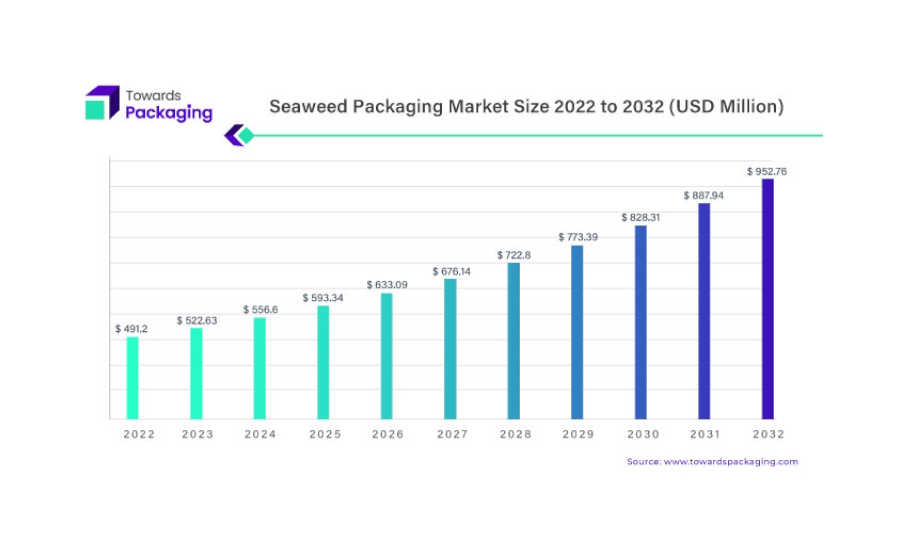
In February 2021, the Toxics in Packaging Clearinghouse (TPCH) announced the organization’s 2021 update to its “Model Toxics in Packaging Legislation.” States use this model to create laws where federal legislation doesn’t exist. The previous version of the model (as revised in 2012) covered instructions in creating legislation to limit the use of heavy metals in food packaging and other consumer items. The 2021 update includes the addition of PFAS and ortho-phthalates as regulated chemicals, as well as new processes and criteria for identifying and regulating additional chemicals of high concern in packaging.
To date, 19 states have developed legislation based on parts of TPCH’s model including PFAS. These include California, Connecticut, Florida, Georgia, Illinois, Iowa, Maine, Maryland, Minnesota, Missouri, New Hampshire, New Jersey, New York, Pennsylvania, Rhode Island, Vermont, Virginia, Washington and Wisconsin. The laws take a pollution prevention approach by prohibiting intentional use, and they place the primary burden of compliance on the supply chain by requiring manufacturers and suppliers to verify that their products are in compliance.
Perkins COiE’s update stated that in California three PFAS-related requirements went into effect in 2023. These included prohibiting any person from distributing, selling, or offering any food packaging that contains PFAS (either intentionally added or above 100 ppm) to adults or juveniles and requiring cookware manufacturers to comply with internet notice requirements for intentionally added PFAS.
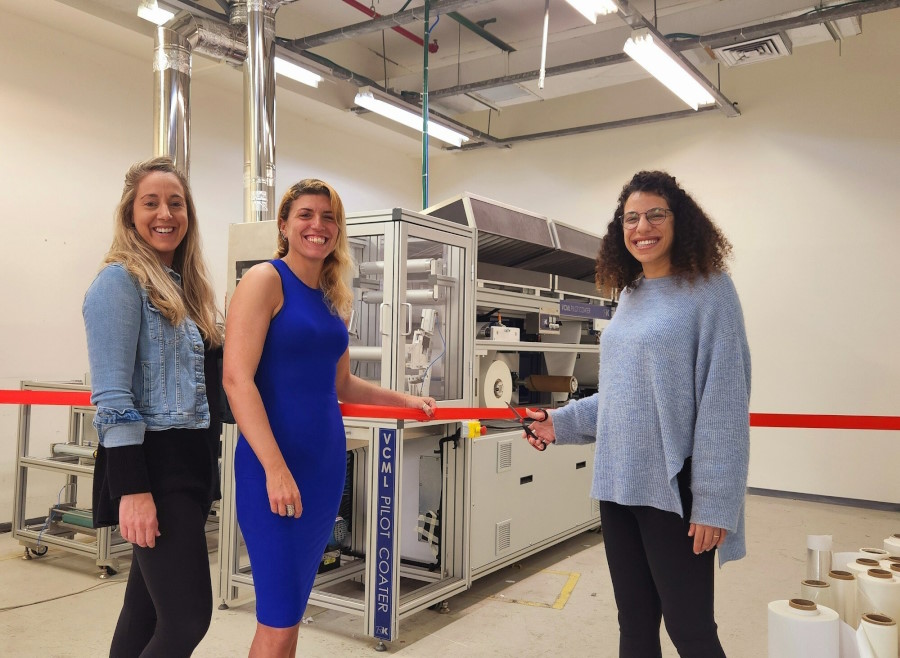
Colorado phased out the sale or distribution of PFAS in food packaging the first of this month. Having become law at the end of 2023, Connecticut bans food packaging to which PFAS have been intentionally introduced during manufacturing or distribution. As of December 2024, Hawaii makes it unlawful to manufacture, sell or distribute any food packaging, including pizza boxes, to which PFAS chemicals have been added in any amount. Most other states mentioned above have rules taking effect this year and in 2025.
Materials, Pollution and PFAS
Non-PFAS containing substitutes for packaging include bamboo or palm leaf, biowax- or clay-coated paper, seaweed (biodegradable and edible), paper coated with unknown alternatives (which may or may not contain other PFAS-related chemicals) and polylactic acid (PLA) coated paper, which is essentially paper coated with a biodegradable plastic, but unfortunately isn’t recyclable as either paper or plastic in most jurisdictions. Even when PLA replaces PE or PET packaging containers, PLA usually isn’t recyclable with the latter materials as its melting point is lower.
While PFAS contamination has been an ongoing problem, so has plastic polluted not only the environment but also human tissue. A study appearing in the August 2021 issue of Chemosphere pointed out that while governments and manufacturers are trying to reduce the amount of disposable plastic used in food and beverage applications, the use of substitute paper products containing PFAS alternatively has created new problems.
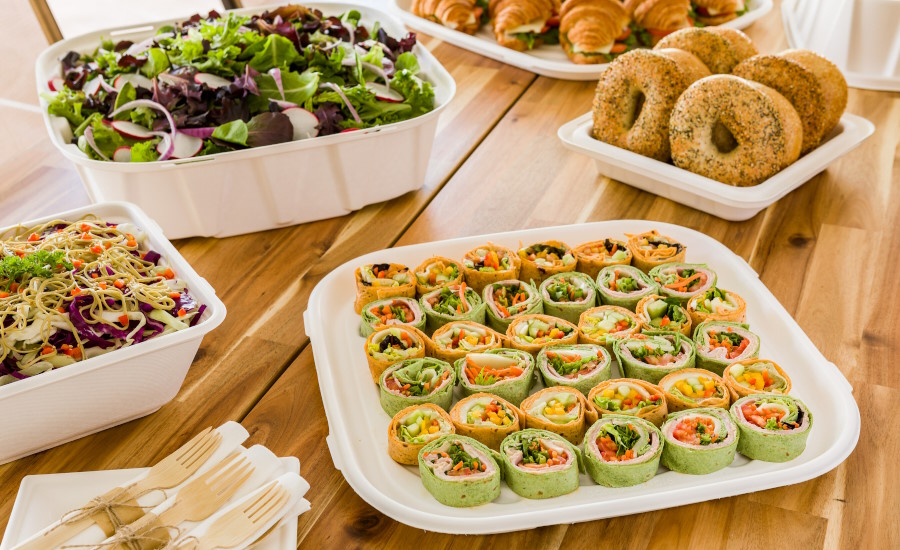
For example, the study found that “in response to trending plastic [drinking] straw bans and the larger global movement for reducing plastic pollution, non-plastic substitutes were needed. The water-resistant properties of many plant-based straws, however, may be attributed to the use of PFAS during manufacturing. In this study, 43 brands of straws (5 plastic, 29 paper, 9 other plant-based) were analyzed for the presence of 53 semi-volatile PFAS using ultra high-performance liquid chromatography tandem mass spectrometry. While the plastic straws had no measurable PFAS, 21 PFAS were detected in the paper and other plant-based straws.”
Taking Action
Several food companies, especially chain restaurants, have already begun to remove PFAS from all their packaging, which is a good way to avoid future litigation. McDonalds is on course to hit its 2025 global phase-out of PFAS, though 96% of its global packaging did not contain PFAS. Restaurant Brands and Yum Brands also will eliminate PFAS by the end of 2025. Starbucks had planned to eliminate PFAS by the end of 2023, and Wendy’s and Chipotle completed their transitioning from PFAS usage in 2022.
Food companies are working to reduce and eliminate PFAS in their packaging and from other potential surfaces. But one sure way to bring about litigation is to make a claim on the label of being “PFAS-free” or “all natural” and then having an independent consumer group find that product actually contains some level of PFAS. According to FoodIndustry Counsel Ltd., “two food companies are currently facing consumer class actions which allege that products contain per- and polyfluoroalkyl substances (PFAS). The [juice] products targeted by the class actions were labeled as ‘all natural,’ and the consumers claim that the presence of PFAS within the product makes the ‘all natural’ label misleading.”
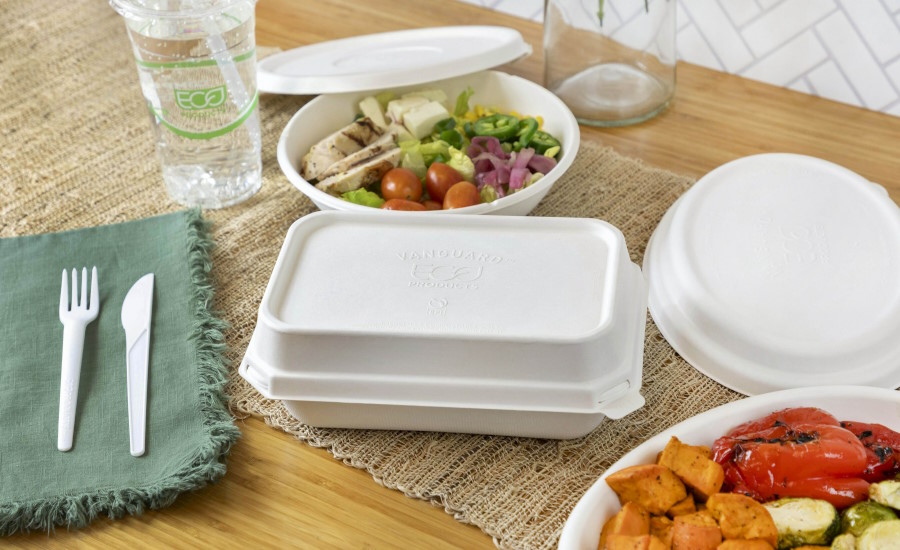
Filed in federal court in New York, both class action suits cite (1) breach of warranty, (2) deceptive business practices, (3) false advertising, (4) fraud and constructive fraud and (5) unjust enrichment.
Food companies may face less liability if they are continuing to address PFAS levels in their packaging and can show that they are not “intentionally” using PFAS anywhere in their food processing and packaging processes. Testing product for any measurable levels of PFAS makes good business sense, but processors need to know what their potential sources of PFAS are. “Clean labeling” is good if processors can prove their product is actually clear of any PFAS compounds.
Looking for a reprint of this article?
From high-res PDFs to custom plaques, order your copy today!



